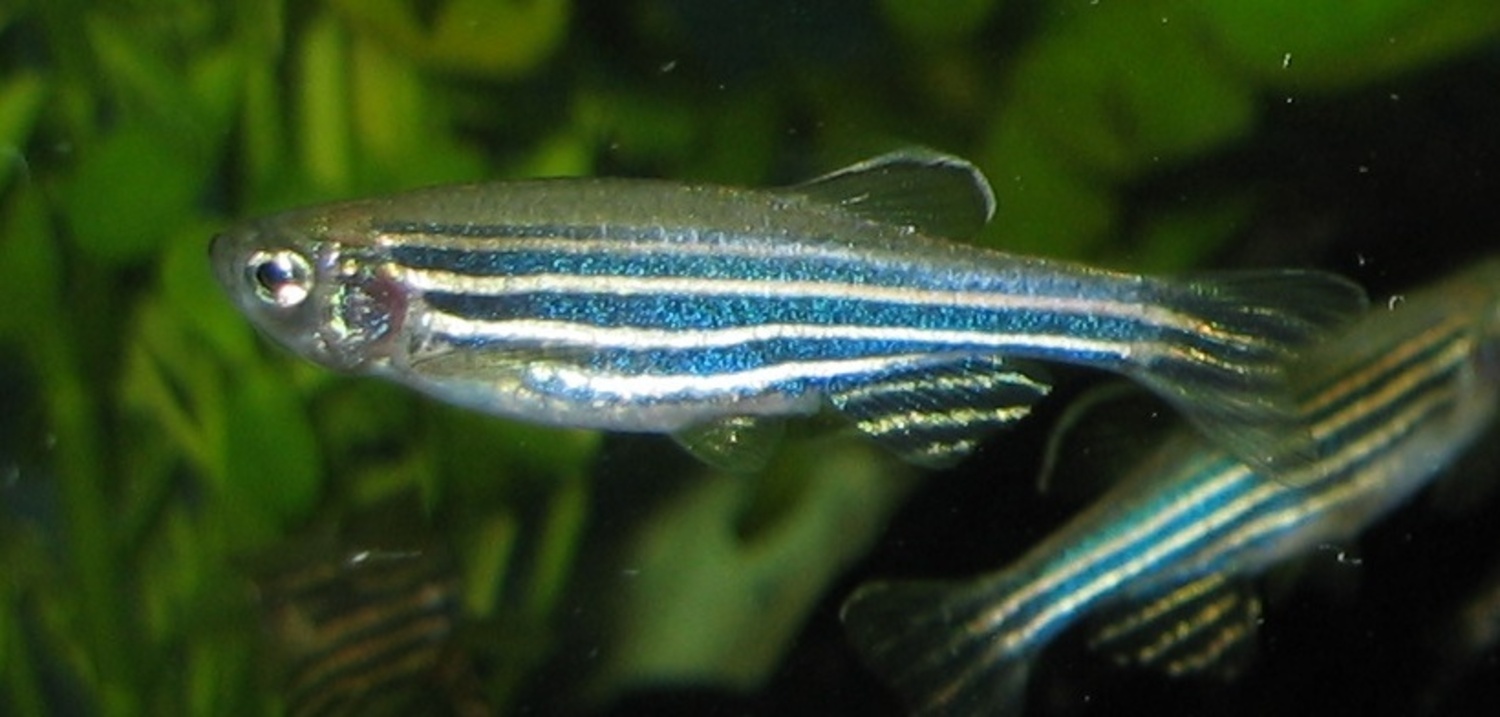Meat in the Lab, Not-so-speedy Neutrinos, Tracking Toxins and Fearful Fish!
Interview with
Man-Made Meat
The first lab grown meat is being cooked up by scientists at Maastricht University.
University.
Presenting at the AAAS science meeting in Vancouver this week, Mark Post used stem cells from cows to grow strips of muscle tissue 2cm in length. By combining 3000 of these with strips of fat tissue also from stem cells he hopes make enough minced meet to make a quarter pound hamburger.
If proven to be feasible, the technique could alleviate the environmental burdens of current meat farming practices.
Mark - The way meat is produced today has lots of problems. Livestock emits lots of greenhouse gases. They of course use lots of land and lots of food. One of the biggest problems is that, in the coming 30 years, we will not have enough meat to feed the world population. So the idea here is that in the lab, you have much more variables under control and you can make this process more efficient and therefore, using the same resources, you can make much more meat.
---
Neutrinos may not have been Faster than Light
Recent claims of neutrinos travelling faster than the speed of light as part of the
OPERA experiment may have been due to problems with equipment.
In September neutrinos were observed to be travelling 0.0025% faster than the speed of light between the CERN facility in Geneva and Gran Sasso Laboratory, 732 km away in Italy.
The team behind the experiment have since been checking how these potentially revolutionary results could have occurred and have now identified some flaws, as Alfons Weber from the Rutherford Appleton Laboratory comments.
Alfons - They found two effects. One of them is that there was a loose optical connection that carries the GPS timing signal underground and then there was another effect where one of the clocks they were using, or frequency counters, somehow their correction was different from what they originally saw. One of these effects could make the apparent travel time of the neutrinos longer and the other one shorter and it's not clear which effect would dominate but they will affect the measurement. This newest information puts very much in doubt that they're the real effect.
---
Watching Toxins Travel
The tricks used by
botulinum neurotoxins to protect themselves as they move through the human body have been revealed by scientists at the Sanford-Burnham Medical Research Institute.
Although commonly used as a cosmetic due its ability to paralyse muscle, this poisonous toxin can cause severe illness and paralysis if inhaled or ingested. Using X-Ray crystallography , Rongsheng Jin identified the presence of a bodyguard protein which binds to and protects the toxin as it passes through the harsh environment of the gut, then breaks free allowing the toxin to enter the bloodstream.
Rongsheng - We now want to develop small molecules which can mimic the signal which trigger the disassociation of the toxin and its bodyguard. They will break up this toxin-bodyguard complex in stomach. Then we can use our own defence system in a stomach, like low pH and digestive proteins, to kill the toxin before it could even penetrate the intestine. And by doing so, we will have a new strategy to fight these toxins.
---
The Sweet Smell of Fear
And finally, it seems the smell of fear is sweet - well for fish anyway.
When fish such as zebrafish are injured, they're known to release chemicals signalling for th e rest of their shoal to escape in fear.
e rest of their shoal to escape in fear.
Suresh Jesuthasan and colleagues from the National University of Singapore have now found the crucial component of this signal to be the sugar, chondroitin sulphate, found in fish skin. It's thought the sugar is broken down by enzymes activated during injury releasing the sugar fragments into the surrounding environment...
Suresh - When the chondroitin sulphate fragments are released, they bind to the olfactory sensory neurons in the other fish which then triggers a signal to the olfactory bulb and this subsequently activates various fear centres within the brain. There's one very curious aspect about the alarm response which is that it's concentration dependent. So if you have a little bit of it you have a mild fear response and if we have a lot, you have a strong fear response. This is very unusual for any odorant, so this is a good way to see how you can induce different fear states.
The paper is published this week in the journal Current Biology.










Comments
Add a comment